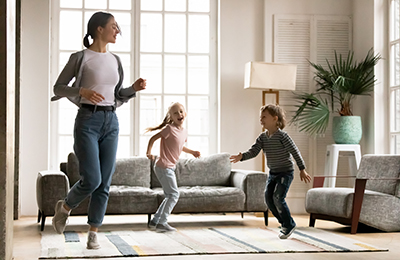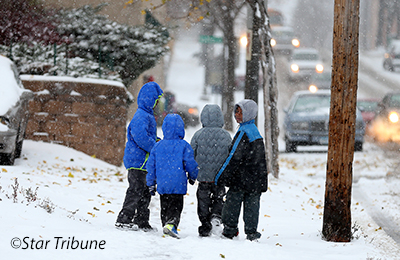Staying safe in the heat and humidity
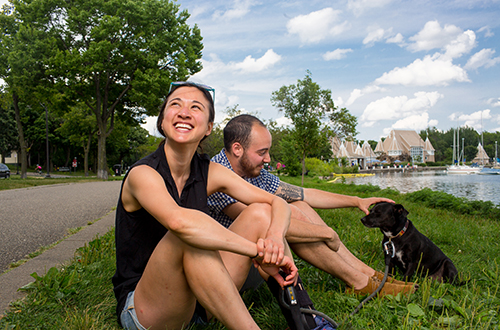 Minnesotans love spending time outdoors in summer, during the long days and warm weather. But summer heat and humidity can be dangerous, especially for those with underlying health conditions or who work or exercise outdoors. It’s important to be prepared during hot days and take steps to stay cool to avoid potentially dangerous health impacts.
Minnesotans love spending time outdoors in summer, during the long days and warm weather. But summer heat and humidity can be dangerous, especially for those with underlying health conditions or who work or exercise outdoors. It’s important to be prepared during hot days and take steps to stay cool to avoid potentially dangerous health impacts.
The impact that climate change is having on heat and humidity
Although it might feel like our heat has gotten more extreme, climate change so far has not made our summers hotter. However, Hennepin County and the Minnesota Department of Natural Resources have uncovered a trend that’s making our hot days more uncomfortable and dangerous: humidity! Increased humidity, even when temperatures are not extreme, can make it feel hotter. Additionally, climate trends suggest that we are likely to see hotter days and more extreme heat waves due to climate change in the coming decades.
Hot and humid days disproportionately affect residents with underlying health conditions and people who work or exercise outside. People without access to air conditioning and those who live in urban areas face even higher risks, because hard surfaces and less tree canopy make hot days even hotter.
How you can stay safe during hot and humid weather
Here are some ways to make sure you and your family, friends, and neighbors are prepared to stay safe during hot and humid weather.
Learn about and prepare for local conditions
If you are working, playing, or exercising outdoors, it is important to understand how hot and humid days will impact you.
- Stay informed about heat alerts, which are issued by the National Weather Service and publicized by local media.
- If you are planning to be active outdoors, check the current and forecasted Wet Bulb Globe Temperature on the Hennepin West Mesonet. This temperature measures heat stress in the direct sunlight, rather than the more commonly used heat index, which is a calculation of only temperature and humidity.
Take the following precautions when the Wet Bulb Globe Temperature is elevated:
- During extreme values of 88 degrees Fahrenheit or higher, be very cautious outside and cancel outdoor activity until the Wet Bulb Globe Temperature drops below 88 degrees.
- During high values between 86 and 88 degrees F, limit the duration of outdoor activities to one hour or less and plan to take a 45-minute break after each hour of work or exercise outdoors.
- During moderate values between 83 and 85 degrees F, limit duration of outdoor activities to two hours or less and take a 30-minute break in the shade after each hour of work or exercise outdoors.
Stay safe outdoors
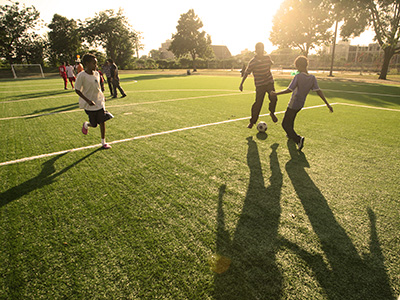 Take the following steps during hot and humid weather to stay safe:
Take the following steps during hot and humid weather to stay safe:
- Stay hydrated by drinking plenty of fluids, especially water.
- Stay cool by wearing a hat and lightweight, light-colored, loose-fitting clothing and visiting an air-conditioned space when you need to.
- Avoid or limit exercise during the hottest hours of the day, typically between 10 a.m. and 5 p.m. Drink plenty of fluids, pace yourself, and listen to your body. Take breaks in the shade or air conditioning.
- Keep others safe by not leaving children or pets in the car and checking on elderly neighbors or those who live alone.
- Be aware of risk factors that may make you more sensitive to extreme heat. People with certain health conditions and on certain medications may be at increased risk. This includes people with high blood pressure, heart disease, and mental health conditions like depression and schizophrenia.
- Know that temperatures are likely to be hotter than the forecasted temperature in urban areas with more hard surfaces and less tree canopy.
Find a place to stay cool
Hennepin County maintains a map of cooling options to help people who need a break from the outdoors or who don’t have air conditioning find a place to stay cool during hot and humid weather. Find locations at hennepin.us/cool
Recognize the signs of heat-related illness
The Minnesota Department of Health provides information on recognizing the signs of heat exhaustion and heat stroke.
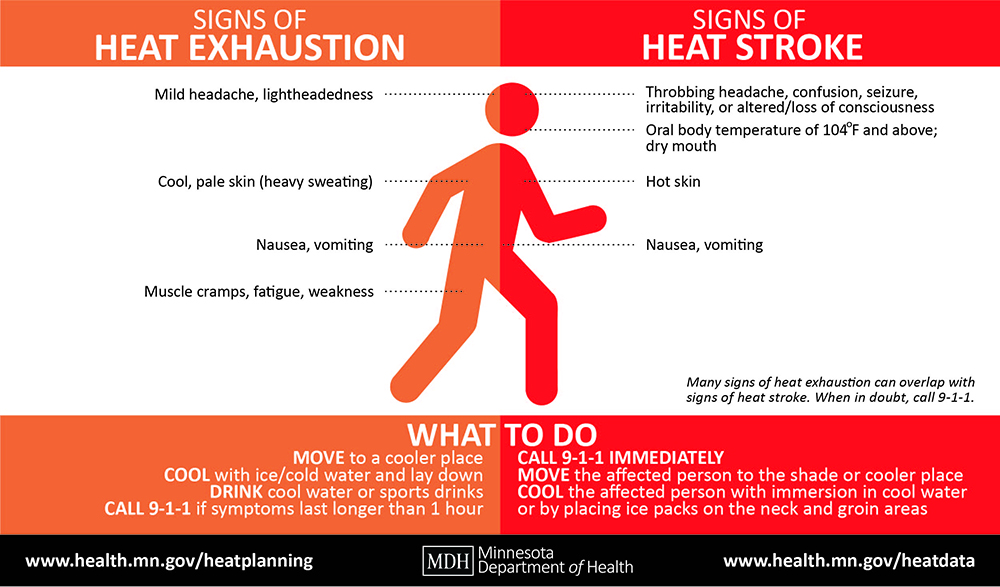
Heat exhaustion symptoms
- Mild headache or lightheadedness
- Cool, pale skin with heavy sweating
- Nausea or vomiting
- Muscle cramps
- Fatigue
- Weakness
What to do if you have heat exhaustion symptoms
- Move to a cooler place
- Cool down with ice or cold water
- Lay down
- Drink cool water or sports drink
- Monitor symptoms and call 911 if symptoms last longer than 1 hour
Heat stroke symptoms
- Throbbing headache
- Confusion
- Seizures
- Irritability
- Altered or loss of consciousness
- Oral body temperature of 104 degrees F or above
- Dry mouth
- Hot skin
- Nausea or vomiting
What to do if you have heat stroke symptoms
- Heat stroke is an emergency – call 911 immediately
- Move the affected person to the shade or cooler place, cool the person with cool water or ice packs
